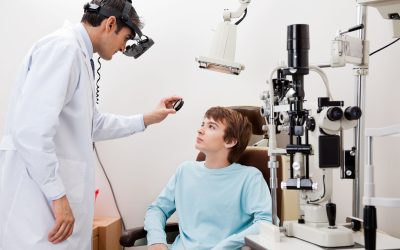For patients suffering from lymphedema, finding relief from the swelling, discomfort, and pain brought about by the excessive fluid in the extremities of the body is always important. Through the use of therapists trained in manual lymphatic drainage this relief is possible and can lead to effective management of the condition in the future.
The History
The history of manual lymphatic drainage starts in the French Riviera in the early part of the 1930s. Two doctors, the Danish husband and wife team of Emil and Estrid Vodder, noticed that when patients had colds and respiratory problems they often had associated swelling of the lymph nodes.
While not an area of study common at the time, the Vodder’s focused in on the lymph system in their work in starting in 1932. They developed a series of movements, similar to a light massage that could be used to move the lymph through the body and reduce the tissue swelling.
They first introduced their newly discovered technique of manual lymphatic drainage massage in Paris in 1936. Now also known as the Vodder method, this is considered the most effective option in the management of lymphedema for patients with the condition.
The Practice
The use of manual lymphatic drainage is often associated with lymphedema following cancer treatment or specific types of surgeries. However, it can also be used when there is swelling associated with broken bones and other types of muscle and soft tissue injuries.
The process is always done progressively, starting towards the center of the body and then moving outwards. This allows the lymph vessels and nodes to accept the fluid from the extremities as it would if the system were to work effectively.
For the patient, a manual lymphatic drainage is very relaxing and comfortable. It is not a deep muscle massage but rather designed to stimulate the area just under the skin to move the build-up of fluid into the center of the body where it can be processed and removed naturally.
Training
It is essential for anyone working with patients to have formal training in manual lymphatic drainage. Today, most facilities offering this training combine it with Complete Decongestive Therapy for a complete certification that allows graduates to work effectively with patients with lymphedema.
These courses are both theory as well as practically based, allowing student not just to learn about the process but actually to practice manual lymphatic drainage. The programs, which are 135-hours for full certification, prepare successful graduates to sit for national certification exams through the Lymphology Association of North America or LANA.



